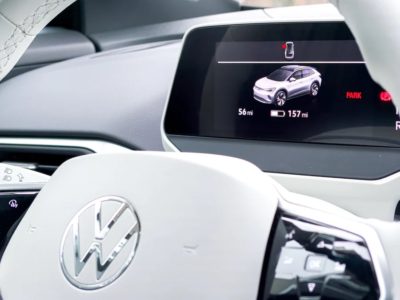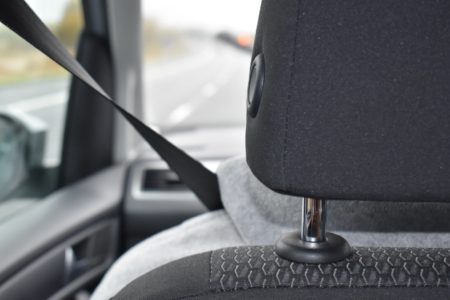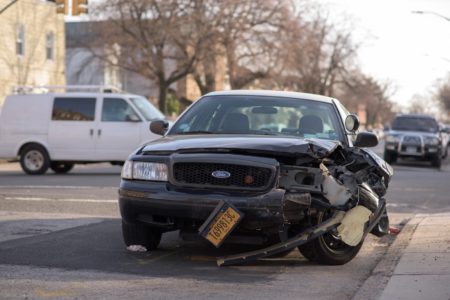In a world of constantly evolving technology, vehicles play a major role in the development of artificial intelligence to help prevent human error behind the wheel. Many modern-day vehicle models are equipped with Advanced Driver Assistance Systems (ADAS), or simply “driver assistance technologies,” to help prevent collisions and make drivers more aware of their surroundings. It is important to understand your vehicle’s driver assistance technologies to better understand your vehicle and use its safety features to your advantage.
Transport Canada says the most commonly available driver assistance technologies today include supporting the driver in controlling the vehicle, such as lane-keeping assistance and adaptive cruise control; providing warnings to the driver, such as lane departure warnings, forward collision warnings and blind spot warnings; and activating momentarily in specific situations, such as automatic emergency braking.
It is important to remember that these features are designed to assist you, not to replace you. You must be alert and engaged whenever you are behind the wheel of any vehicle, no matter how advanced its driver assistance technologies may be.
Before taking your technology-assisted vehicle on the road, make sure you are familiar with your vehicle, its features and limitations. Understanding the full capabilities of your vehicle can help you avoid collisions and become a safer driver. Check your owner’s manual to find out how your vehicle is equipped and how to properly engage and use the features.





